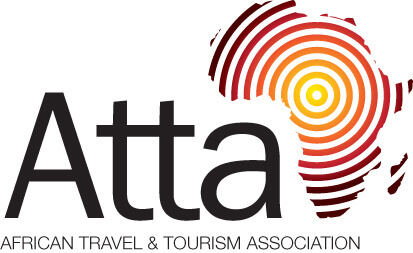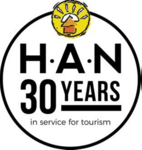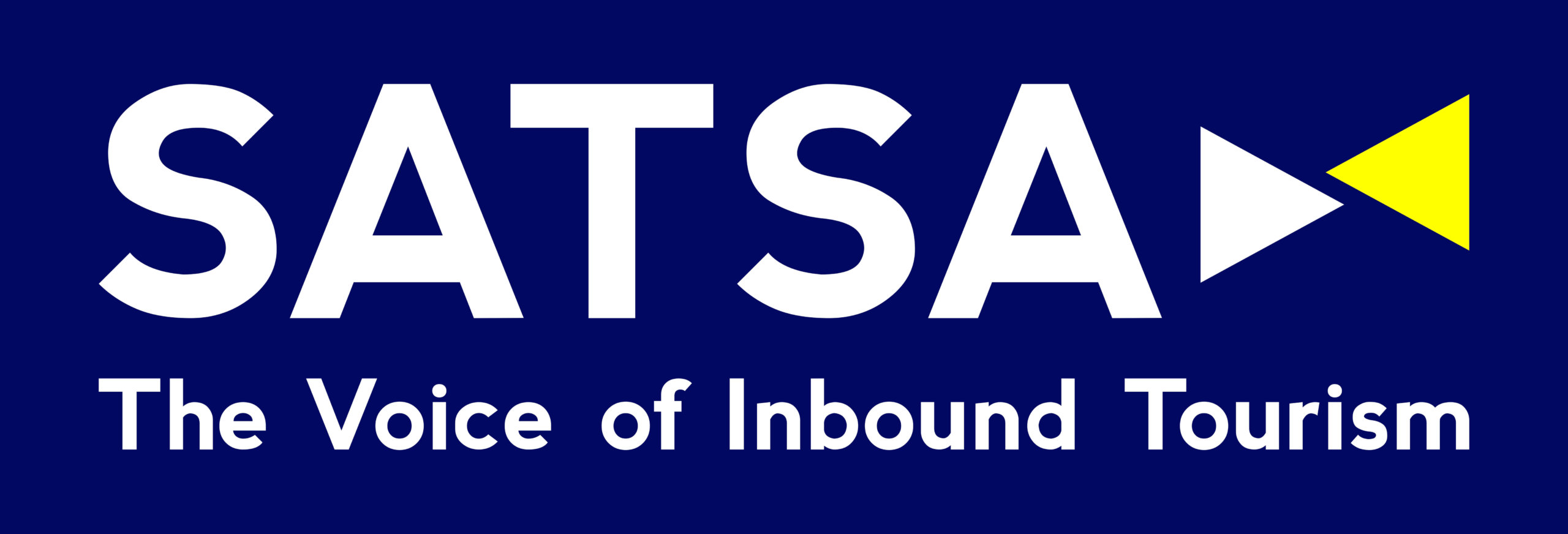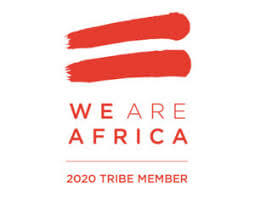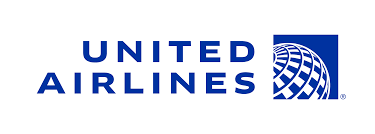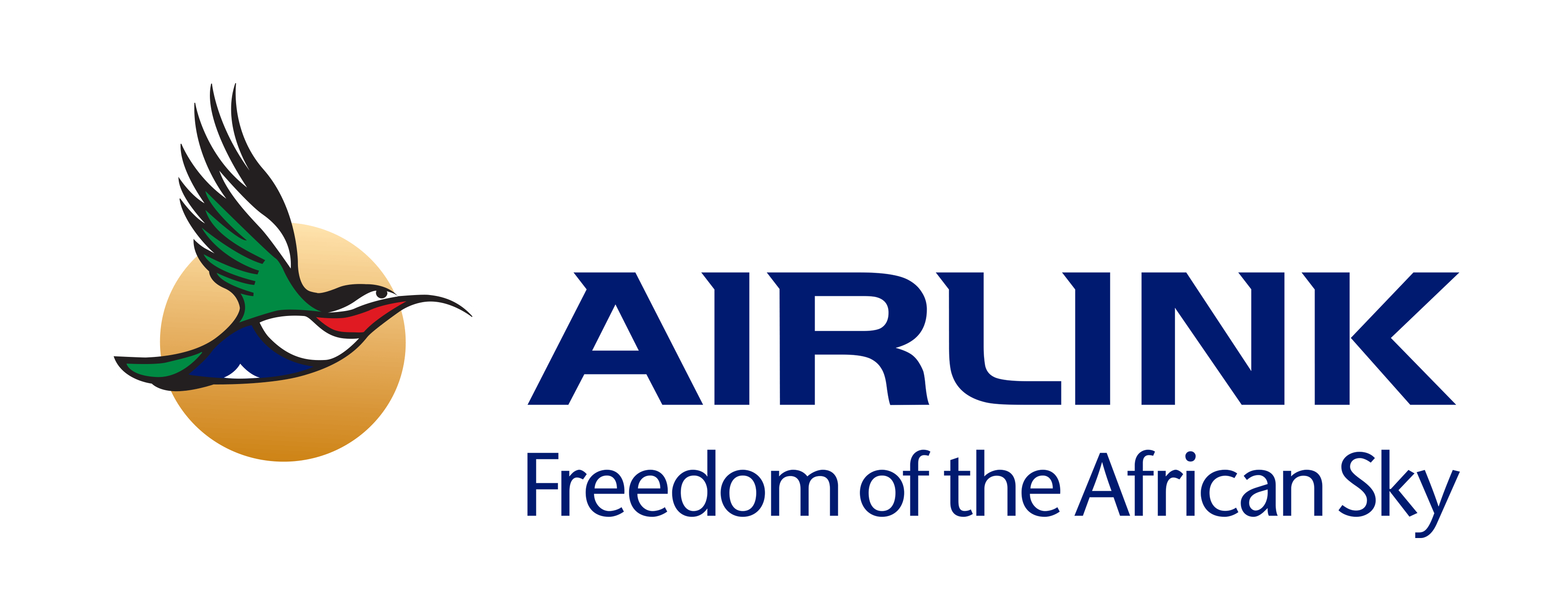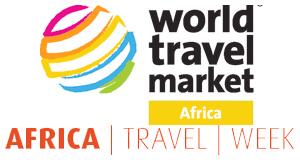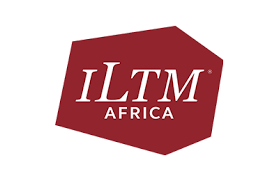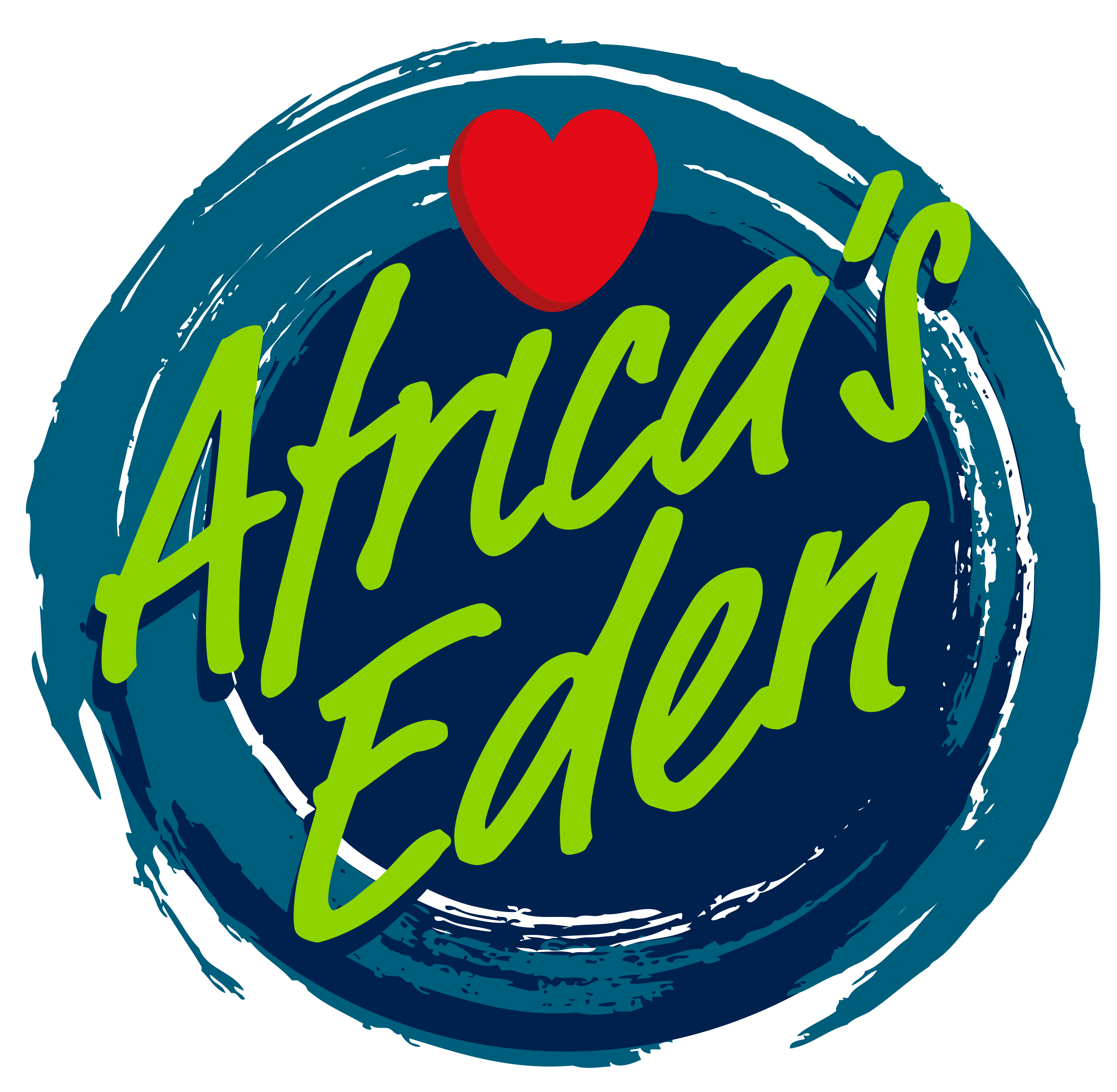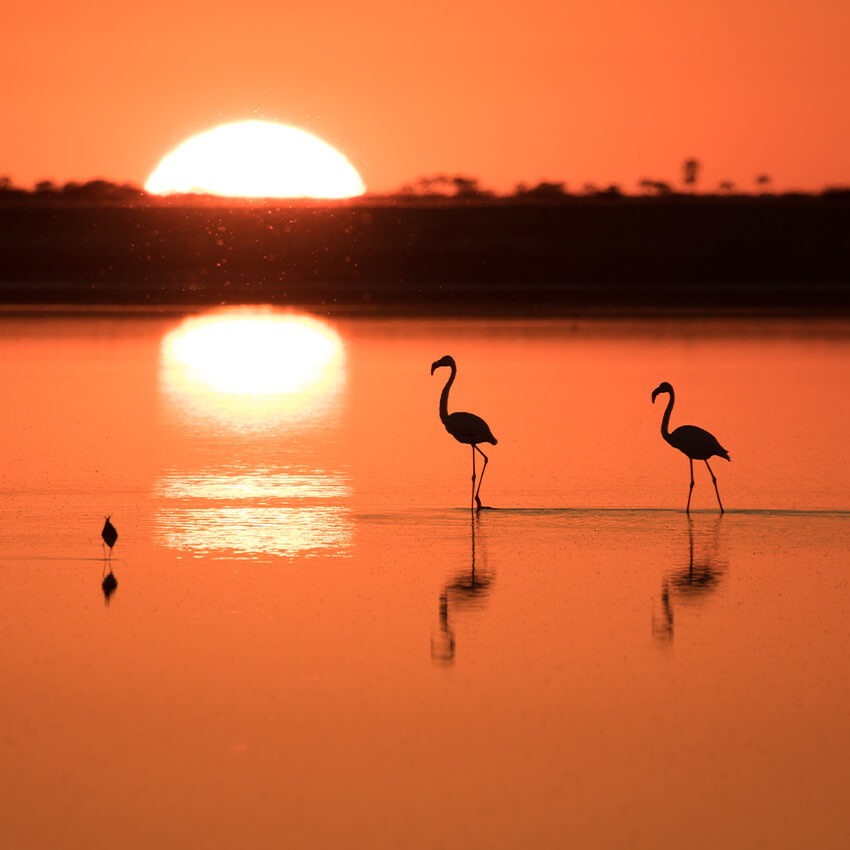Okavango Delta
A beautiful melee of floodplains, woodlands and waterways, the Okavango Delta is undoubtedly one of the most famous wildlife-watching destinations in the world — and it lives up to every expectation. Our Okavango Delta safari camps are as diverse as the delta itself and guarantee you a front row seat on all of the wild action. In the far north the area offers diverse habitat that’s home to all the stars of the animal kingdom from big cats to buffalo and antelope to aardvark, with water found here almost all year round. To the east is the Khwai Private Reserve, a 200,000-hectare area of pristine wilderness where the wildlife viewing is just as spectacular. Here, we have partnered with the local communities and the Khwai Development Trusts, and proceeds from staying at any of our camps in the reserve go straight back into local conservation and empowerment projects.
Okavango Delta Camps and Safaris
Map
Special Offers
Our special offers are designed to help you experience everything southern Africa has to offer whilst also saving some all-important pennies. Whether you’re about to embark on a once-in-a-lifetime solo trip, or are celebrating a special occasion, have a peek at our offers and see what could be in store for you.
